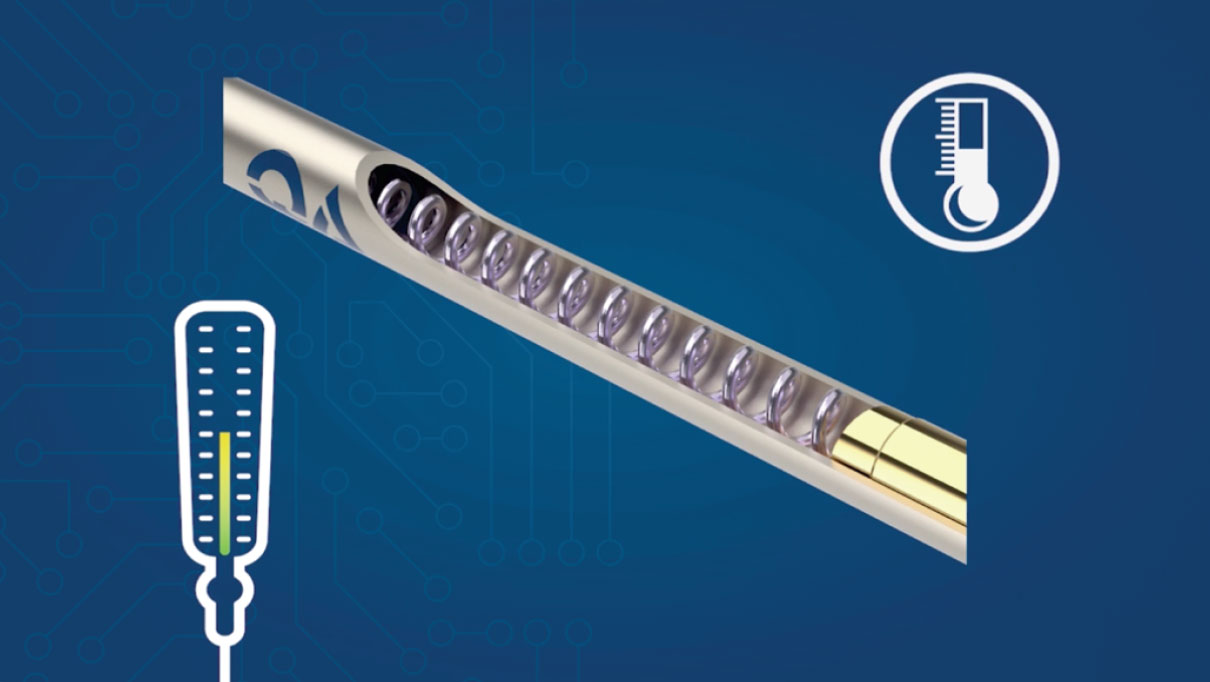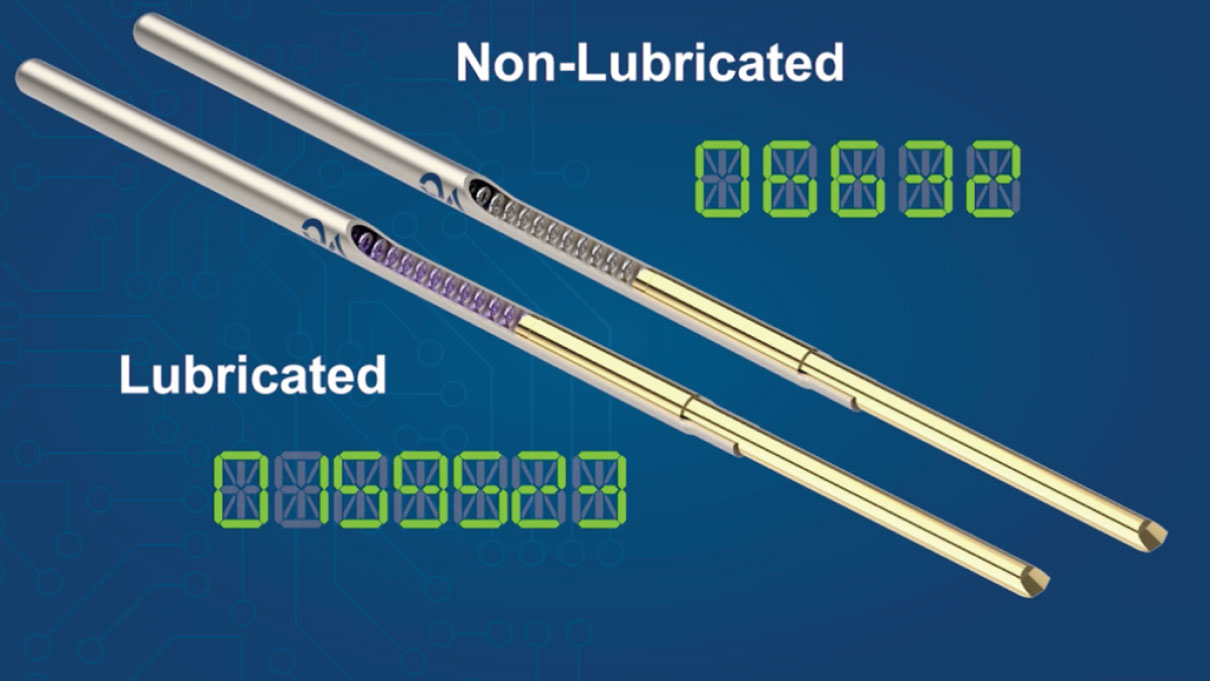
QA Technology test probes are designed for optimal performance in a wide range of test environments. When testing in extreme high or low temperatures, the right probe materials are key to performing a successful test and maximizing cycle life. In a humid environment, moisture can increase the negative effects of fluxes and contaminants that collect on the probes from the unit under test.
Our probes’ spring material and lubrication determine the working temperate limits of a given probe series. As with many moving parts that involve friction, probes are lubricated to prevent wear, extend cycle life, and maintain low electrical resistance.
Below is a chart of the various product series we offer and their temperature limitations. More details can be found on each product series specification in our catalog or website.

At extreme high temperatures, lubrication properties could degrade and the strength of the spring material may be compromised. Although the springs are not likely to fracture in this situation, they may take a permanent set and the spring force at a given deflection will be reduced. Select probes with a stainless steel spring and non-lubricated (-N) option to withstand the higher temperature, up to 204°C, to maximize cycle life.
In extreme cold temperature environments, the lubricant’s viscosity will increase as temperature decreases, causing sluggish movement of the plungers and intermittent contact. If probes are actuated below their rated temperature, the lubrication may cause galling of the plunger and inside surface of the probe tube. This wear could cause the base metal to form oxides, greatly reducing the electrical performance.
If it is necessary to perform tests below the rated temperature limit, QA recommends using non-lubricated probes as there is no known lower temperature limit and they will actuate freely. Keep in mind that cycle life is reduced and resistance is higher with non-lubricated probes.
If it is necessary to use lubricated probes in extreme cold environments without doing harm to the plating or materials, actuate them at room temperature and then move them to the cold environment.

While testing in extreme environments is achievable, there are significant performance differences between lubricated and non-unlubricated probes, such as cycle life and resistance.
In a side-by-side cycle test study with standard lubrication and identical probes without lubrication, resistance measurements were taken at every 2,000 cycles, and stroke measurements at every 5,000 cycles. Note that cycle counts on a tester in a controlled laboratory environment are considerably higher than in a production environment. Below is a summary of the results:


More details can be found in our video "7 Factors that Affect Probe Life". See Chapter 3, Test Environment.